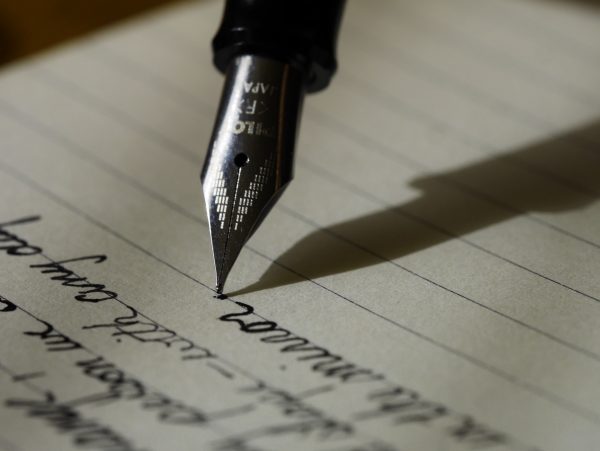
Landing pages are fickle. You can change the color of a button and it can increase conversion rates by 30% or more. You can change the headline on your landing page and see conversion rates tank. But landing page storytelling is dangerously simple.
One thing that we’ve found in our testing, is that any landing page needs to provide some kind of story.
Ernest Hemingway said, “All you have to do is write one true sentence. Write the truest sentence that you know.”
[text_ad]
Your story doesn’t always need to be an elaborate novel-length story but it needs to do all of these things:
- It needs to provoke an emotional response
- It needs to remind the reader of their pain points and why they’re looking at the product to begin with
- It needs to give the reader enough information to convince them to take the next step
If you miss any of these steps, you’re going to find that conversion rates are low and that while your product is amazing, your landing page isn’t doing its job. Remember that the landing page for your product needs to be just as helpful as the product you’re selling. Try using power words.

3 Landing Page Storytelling Tips
Provoke an emotional response
Make sure your landing page storytelling contains an interesting, engaging, believable story told by someone your audience can relate to and appreciate. After all, you’re asking them to spend their valuable time reading your pitch… you owe them a good time. Plus, a compelling story will move them smoothly along to the purchasing decision.
Remind the reader of their pain points
The reader came to your page to solve a problem that they’re having. Your job on any landing page is to remind them of those problems and tell them how your product will solve each and every one of them.
Give the user enough information
The more expensive your product, the more copy you’ll need to provide. Giving more information than necessary is better than not giving enough information.
Long copy tells them as much as they need to know – and much, much more. We know that nobody truly reads an entire 5,000 word sales letter. However, they do skim sales letters and they do find what they’re looking for in all that copy. More importantly, they end up buying a product that they know more about than one they know less about. Even if the page is short and super pretty.
A report from Creston Unlimited took a look at the emotions involved with making purchases. During this research, eight dimensions were found to drive 83% of responses. These dimensions all have an emotional connection to audience members.
The most popular response, cited by nearly a quarter of the respondents, was “pleasure”. People want to be happy; they want to feel good about themselves, and for some people, products do aid in that process. Consider your own audiences, and your own life – do you see instances where the desire to be happy trumps the associated cost? Even in tough economic times, the need to be happy is present.
Here’s an excerpt from the report about pleasure: “In many cases it’s a relatively narrow brand promise – pleasures tend to be simple – but it’s a dimension with huge power to create affinity; an effect that’s redoubled at a time of doom, gloom and recession.”
Do you feel ready to tackle your next landing page project? Do you have trouble with landing page storytelling? If this post made you feel nervous about it, as Hemingway said, “Do not worry. You have always written before, and you will write now.”
[text_ad]


